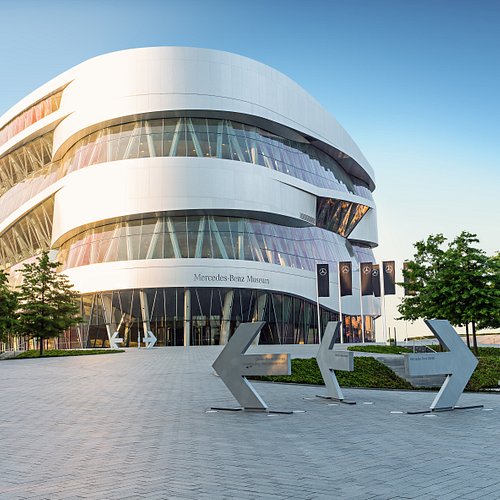Stuttgart, the capital of the state of Baden-Württemberg in southern Germany, is not only renowned for its automotive industry but also for its rich architectural heritage. At the heart of Stuttgart’s architectural landscape lie numerous firms that have contributed significantly to the city’s skyline and urban fabric. In this article, we delve into the realm of architectural firm Stuttgart, exploring its history, notable projects, and influence on the city’s architectural identity.
Introduction to Architectural Firm Stuttgart
architekturbüro stuttgart refers to the collective of architectural practices and firms based in Stuttgart, Germany. These firms encompass a diverse range of architectural styles, from traditional to contemporary, and have left an indelible mark on the city’s built environment. The firms often collaborate with local and international clients, delivering innovative designs that resonate with Stuttgart’s cultural and economic dynamics.
A Rich Architectural Heritage
Stuttgart boasts a rich architectural heritage, with landmarks that showcase various styles spanning centuries. Architectural Firm Stuttgart has played a pivotal role in shaping this heritage, contributing iconic structures that define the city’s skyline. From medieval castles to modern skyscrapers, Stuttgart’s architectural landscape is a testament to the creativity and craftsmanship of its architects.
Notable Projects
Architectural Firm Stuttgart has undertaken numerous notable projects, both within the city and beyond. One such project is the Mercedes-Benz Museum, designed by UNStudio in collaboration with local firm Wulf Architekten. This futuristic museum, shaped like a double helix, showcases the history and innovation of Mercedes-Benz in a captivating architectural setting.
Another standout project is the Stuttgart City Library, designed by Korean architect Eun Young Yi. This sleek and minimalist structure has become an architectural icon, attracting visitors from around the world with its innovative design and extensive collection of books.
Architectural Firm Stuttgart has also left its mark on the residential sector, with projects such as the Weissenhof Estate. Designed in the 1920s by a collective of architects including Le Corbusier and Mies van der Rohe, this housing development exemplifies modernist principles and remains a model of urban planning and design.
Influence on Stuttgart’s Architectural Identity
The influence of Architectural Firm Stuttgart extends beyond individual projects to shape the city’s architectural identity as a whole. Through their collective vision and expertise, these firms have contributed to the evolution of Stuttgart’s built environment, blending tradition with innovation to create a dynamic urban landscape.
From the preservation of historic landmarks to the creation of cutting-edge structures, Architectural Firm Stuttgart continues to shape the city’s architectural narrative, reflecting its cultural heritage and aspirations for the future.
Conclusion
In conclusion, Architectural Firm Stuttgart stands as a beacon of architectural excellence, shaping the city’s skyline and urban fabric with its innovative designs and visionary approach. From iconic landmarks to residential developments, these firms have left an indelible mark on Stuttgart’s architectural identity, enriching the city’s cultural heritage and inspiring future generations of architects. As Stuttgart continues to evolve, Architectural Firm Stuttgart remains at the forefront of architectural innovation, reaffirming its status as a global hub of design excellence.








